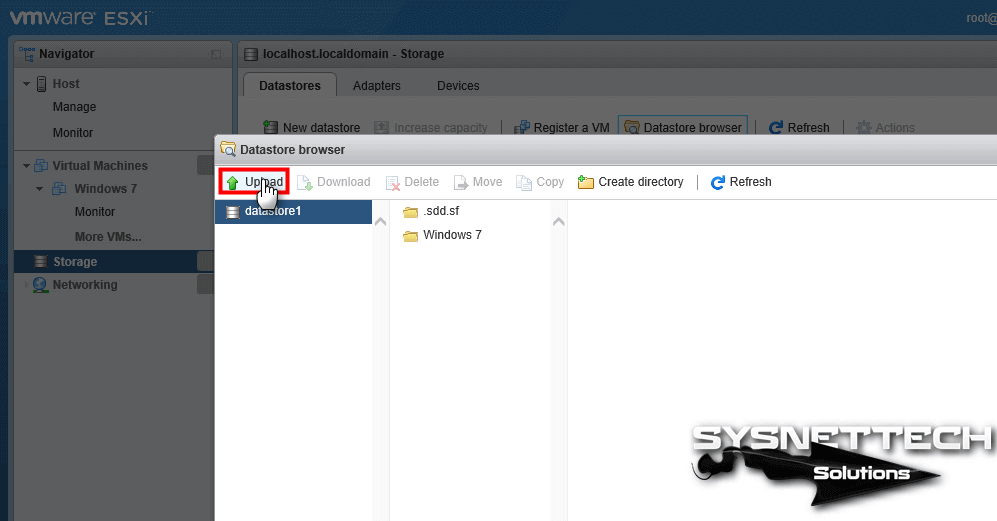

- Upload iso vmware 6.0 how to#
- Upload iso vmware 6.0 pdf#
- Upload iso vmware 6.0 install#
- Upload iso vmware 6.0 software#
- Upload iso vmware 6.0 free#
Upload iso vmware 6.0 pdf#
We will see however that some documentation exists, for example in this PDF comparing the features in VCSA 5.5 and VCSA 6.0.

It's perhaps anoying for some but I understand on why. Some kind of a black box “do not mess touch”. It seems that VMware is more less does not willing us to “touch” the VCSA and they're locking some features that were previously accessible. Note that this Pi Shell is apparently something temporary and will most likely be locked in future release of VCSA. VMware VCSA has new shell, and the access has to be enabled first.
Upload iso vmware 6.0 software#
Virtual infrastructure monitoring software review.
Upload iso vmware 6.0 free#
Upload iso vmware 6.0 how to#
Upload iso vmware 6.0 install#
Step 10: To install VMware Tools in installed windows OS, right click on guest OS and select “Guest OS”, and click on “Install VMware Tools”. VMware Tools enhance performance of a VM such as device drivers, graphics, and mouse movement etc. Step 9: Windows is finalizing your settingsĪfter guest OS installation, now we’ll install VMware Tools.

Step 8: Let’s complete the installation process Step 7: Follow step by step procedure for installing guest OS Step 6: Right click on installed VM and select “Open Console” to view installation process of windows. Step 5: Right click your created VM, and select “Power” and click “Power On”. Make sure that “Connect” check box is ticked. Step 4: Click “CD/DVD drive 1”, and choose “Datastore ISO file” from drop down list. Step 3: Right click on a VM which we’ve created in last post and click on “Edit Settings”. You can also click on “VMs and Templates” to access your installed VM. Step 2: Click on the “Host and Clusters”. Step 1: Login to vSphere Web Client using your credentials and click “Logon”. I’m going to install a guest OS by attaching ISO image.

Using the vSphere Web Client, you can attach a CD/DVD, or ISO image containing the installation image to the virtual CD/DVD drive. To install a guest OS, you interact with a VM through the virtual machine console. Installing a guest OS on a VM is like installing it on a physical computer. Creation and installation of a VM in virtual environment is a pretty easy task. In this post, we’ll learn how to install guest operating system in a VM step by step. Configure NTP Client using vSphere Web Client.Configure IP Address and Hostname of ESXi 6.0.If you’ve missed previous posts of this series, you can find them here. In previous post, we learned about creating a virtual machine in virtual environment.


 0 kommentar(er)
0 kommentar(er)
